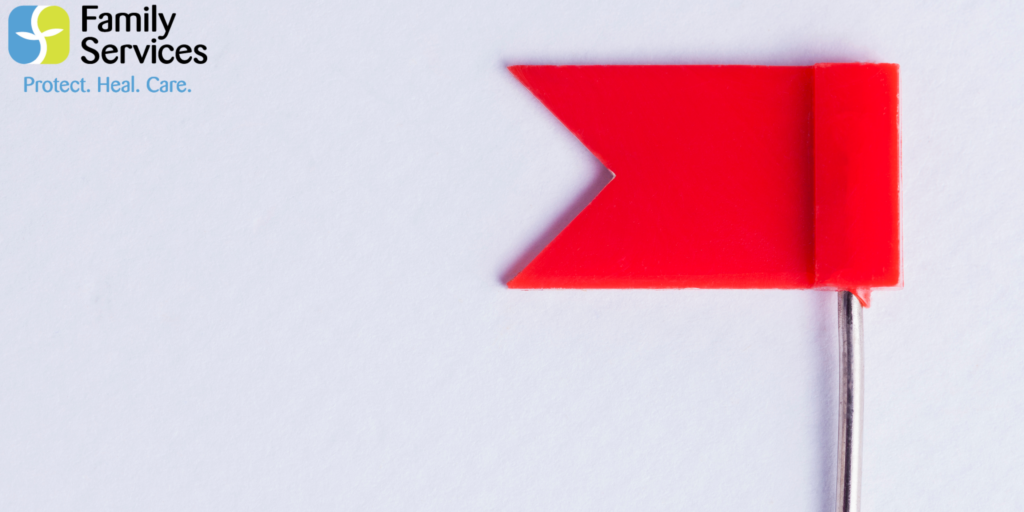Recognizing Red Flags: Identifying and Responding to Child Abuse

By: Elissa Kraynik
Supervisor/Family Support Specialist/Child Passenger Safety Technician
Parent Connection
Disclaimer: It is important to trust your gut. It is always better to report than to second guess yourself and stay quiet. Many of the below signs may be present or maybe just one or two signs. Every case is unique. Always keep in mind that warning signs do not mean that a child is being abused.
Child abuse is a heartbreaking reality that affects millions of children worldwide. In comes in many forms, including physical, emotional, and sexual abuse – as well as neglect. As a responsible adult, it’s essential to know the signs of child abuse and be able to recognize when a child is in danger. Here are some red flags that may indicate child abuse:
15 signs of abuse or neglect in a non-verbal infant, toddler, or child
- Crying when being left at a caregivers or when a parent picks them up when they previously have not
- Sudden change in behavior — aggression, anger, hostility or hyperactivity
- Unusual or sudden new fears
- Sleep problems and nightmares
- Unexplained injuries, or injuries that do not match the explanation given
- Injuries that do not match the child’s age or developmental abilities
- Rebellious or defiant behavior
- Self-harm or attempts at suicide
- Knowledge of sexual behavior that is not age appropriate.
- Sudden hostility or inappropriate behavior with other children
- Loss of interest in activities that previously brought them joy
- A sudden desperate need for attention and/or affection
- Weight loss or weight gain inappropriate for the child’s size and age
- Poor hygiene/lack of clean clothes
- Stealing or hiding food
14 Signs of abuse or neglect in a verbal toddler or child.
Note: Even if a child has the ability to verbalize that they are not safe or their needs are not being met, they may be afraid to tell anyone.
- Withdrawal from friends or family
- Increased or many absences from school
- Refusing to go to school, go to daycare, or going home after school or daycare or becoming worked up before these events
- Depression, anxiety, sudden changes in behavior, lack of interest of previously enjoyed activities
- The appearance of lack of sleep
- New rebellious behavior, changes in rule following, acting out
- Unexplained injuries, or injuries that do not match the explanation given-lack of eye contact when explaining these injuries
- Knowledge of sexual behavior that is not age appropriate, inappropriate behavior with other children
- Lack of self-esteem, confidence, or pride in accomplishments
- A sudden desperate need for attention and/or affection
- A change in schoolwork or change in grades
- Weight loss or weight gain inappropriate for child’s size and weight
- Poor hygiene/lack of clean clothes/wearing the same clothes every day without washing
- Stealing or hiding food
If you suspect that a child is being abused, it’s essential to report your concerns to the appropriate authorities. You can contact your local child protective services agencies, the police, or a child abuse hotline. Remember, it’s better to err on the side of caution and report your concerns than to ignore the signs of abuse. With your help, we can protect children and prevent child abuse from happening.